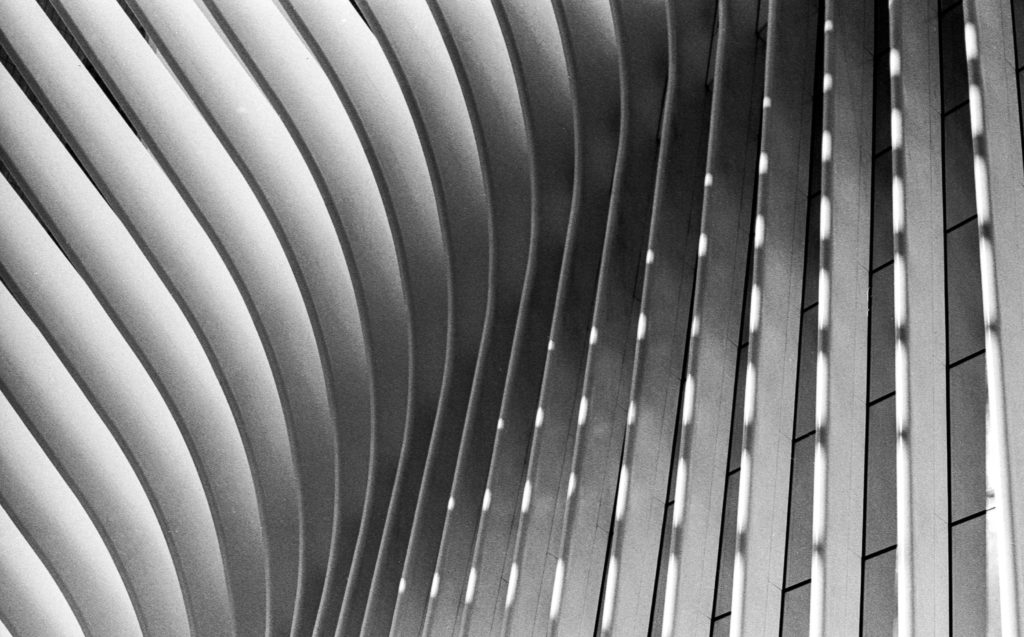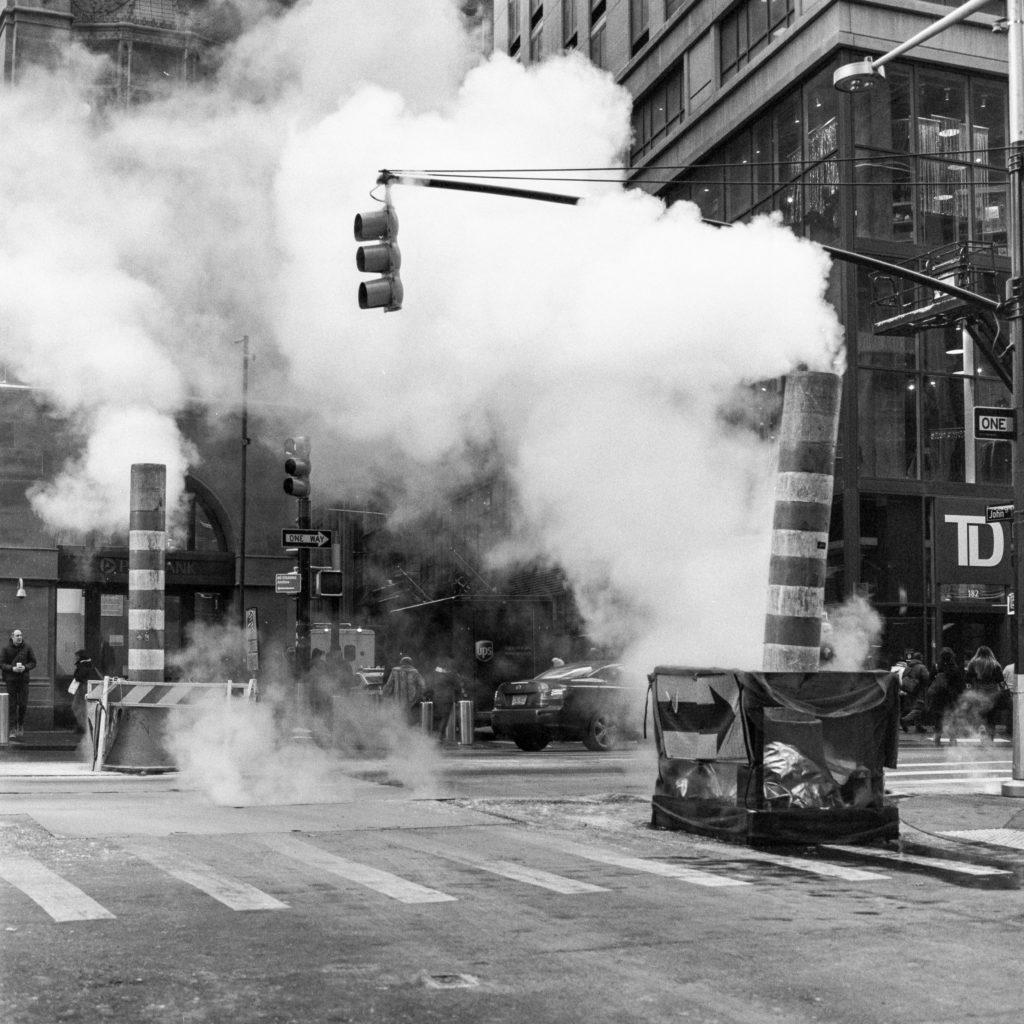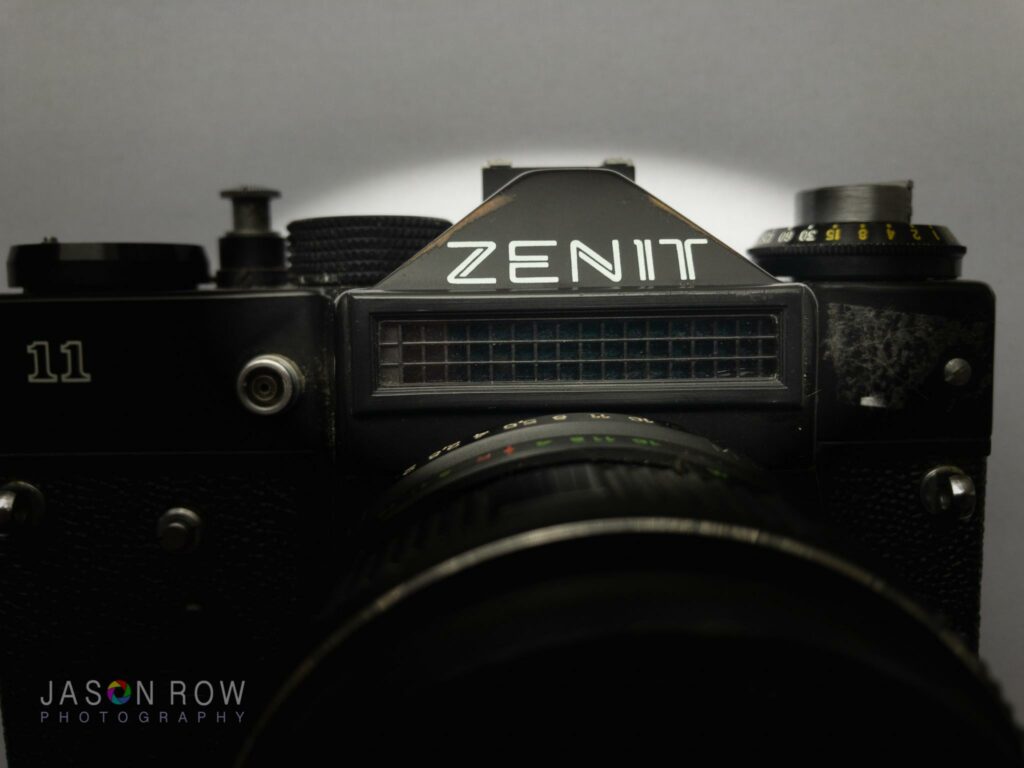When digital photography burst on the scene, it didn’t take very long for it to usurp the analog establishment. And, as is the tendency with technology, advancements in digital photography have moved forward at a blinding clip.
The fact that we can even have a debate about whether DSLRs are head toward obsolescence bears this point out.
We’ve got cameras that shoot 4K video and can produce usable images at an ISO of 102,400. We’ve got 100-megapixel sensors and 5-axis sensor stabilization.
No wonder no one uses film anymore.
Oh, wait! They do! The analog photography niche is populated not only by those who never abandoned the medium but also by a new generation — those who discovered and fell in love with film well after being indoctrinated into the monolithic creed of digital photography.
Film photography is in no way poised to dominate the market — those days are long gone. But film is experiencing a resurgence. Harman Technology (the company that manufactures Ilford films) and Kodak, in particular, have seen steady growth in sales over the past five years.
While Fujifilm, much to the chagrin of scores of film photographers, has killed off a number of its 35mm, medium format and large format film stocks (including the beloved Acros 100), their Instax line of instant film and cameras sustain Fujifilm as a major player in analog photography.
So, you may wondering why film is on the rise again. Here are 6 reasons why.
1. Film Produces A Tangible End Product
Despite the convenience and accessibility of all things digital, I think there is an undetermined level of digital fatigue that many people experience.
Staring at images on a screen can eventually become stale and unfulfilling. There are those who want an interactive-as-possible imaging experience, and film provides that.
Whether a negative, a transparency or a print (instant or darkroom), the analog process is immersive in ways that digital photography can never replicate, providing some much needed relief for photographers who have grown weary of the abstractness of zeroes and ones.

2. Film Provides A Competitive Advantage
While a certain segment of the fashion/wedding/commercial photography market relies heavily on high resolution digital cameras, other photographers working in these genres have sought to stand apart from their peers by shooting film.
Yes, it’s about the “look” of film but the fact that these photographers use film at all in an arena where the vast majority of the competition uses digital means they have a distinct artistic advantage and, thus, can justify charging a premium for their work.

3. Film Requires A More Cerebral Approach
Even if you’re an accomplished digital photographer, the moment you take up film photography you realize it’s not a seamless transition.
Using film requires a shift in both philosophy and technique. Some photographers — probably the same group that suffers from the aforementioned digital fatigue — welcome the challenge of taking on a more cerebral approach to their work.
Film forces a photographer to do a bit more mental labor, from previsualization to execution, than is required in the digital realm. You can’t immediately review images; mistakes can’t simply be deleted and reshot. It would be unwise and wasteful to indiscriminately shoot hundreds of shots each session — every frame has a price.
Film photographers might argue that this sort of creative and economic pressure drives them to create better, more artistic photos.

4. Film Cameras Are Special
For some people, the cameras are more of an attraction than the film itself. Old film cameras are still in demand today because so many of them are so beautifully designed. Digital cameras can’t match the diverse and unique aesthetics and ergonomics of yesteryear’s film cameras. Nor can they match the fun factor.
Old cameras tend to possess all sorts of quirks and they’re prone to failure (jammed mirror, broken light meter, obsolete battery type). But in terms of feel, fit and finish, classic cameras are generally unchallenged by today’s cameras.

5. (Instant) Film Is Fun
This isn’t to suggest that digital photography isn’t fun, but film photography — specifically instant photography — provides a peculiar form of amusement. Instant film isn’t all that sharp, nor does it accurately reproduce colors. It is, however, a fun size and you can get it with fun, colorful borders. Additionally, instant cameras are fun and simple to use.
Apparently, lo-fi equals fun.
6. Film Has A Varied And Distinctive Aesthetic
When was the last time you looked at an image that appeared in your Instagram feed and immediately knew whether it was shot with an Olympus or a Sony or a Canon camera? I’m guessing never.
One of the complaints about digital photography is that it can appear sterile or clinical, which is why post-processing is such an important aspect of the craft.
Anyone very familiar with film, on the other hand, might be able to tell whether a shot was taken with Ektar 100, Portra 800 or Ilford Pan F 50. Of course, not all films are as easily recognizable as these, but the point is that every film seems to have its own character.
Different films naturally offer distinct aesthetic qualities that digital photographers can only approximate in post-processing. The inherent and unique visual characteristics of film represent yet one more reason that many analog photographers believe they hold an advantage when it comes to art-making.

Final Thoughts
Don’t call it a comeback. Film (roll film, at least) has been here for almost 140 years. Despite being overshadowed by the ubiquity of digital devices, film refused to disappear.
While so-called purists never abandoned film, they’ve been joined in recent years by newcomers who have found themselves fascinated by the analog medium. Film manufacturers have responded by not only stepping up production of their existing film stocks, but also by introducing new films and resurrecting dormant emulsions.
There’s no reason to think there will be another golden era of film photography, but the fact that film is on the rise in the digital era can only mean good things for the future of analog photography.





4 Comments
7. People are very strange.
8. People are eager to spend money
9. People ever think on contrary.
…
Does anyone make a film camera that is as light in weight and ergonomic as digital cameras? I bought a Nikon film SLR and a Miranda Sensorex SLR years ago because those cameras were in my sentimental history. I gave them both up because they are monsters to carry around. I forgot how heavy they were.
Sure, some investigation into your own aesthetic may point you to a Canonet, a compact lightweight rangefinder with outstanding optics.
Film photography is far *less* interactive than digital. You can’t see your results without finishing the spool, sending it off to the processor and waiting for it to return. Digital is immediate and you can apply feedback – truly interactive.